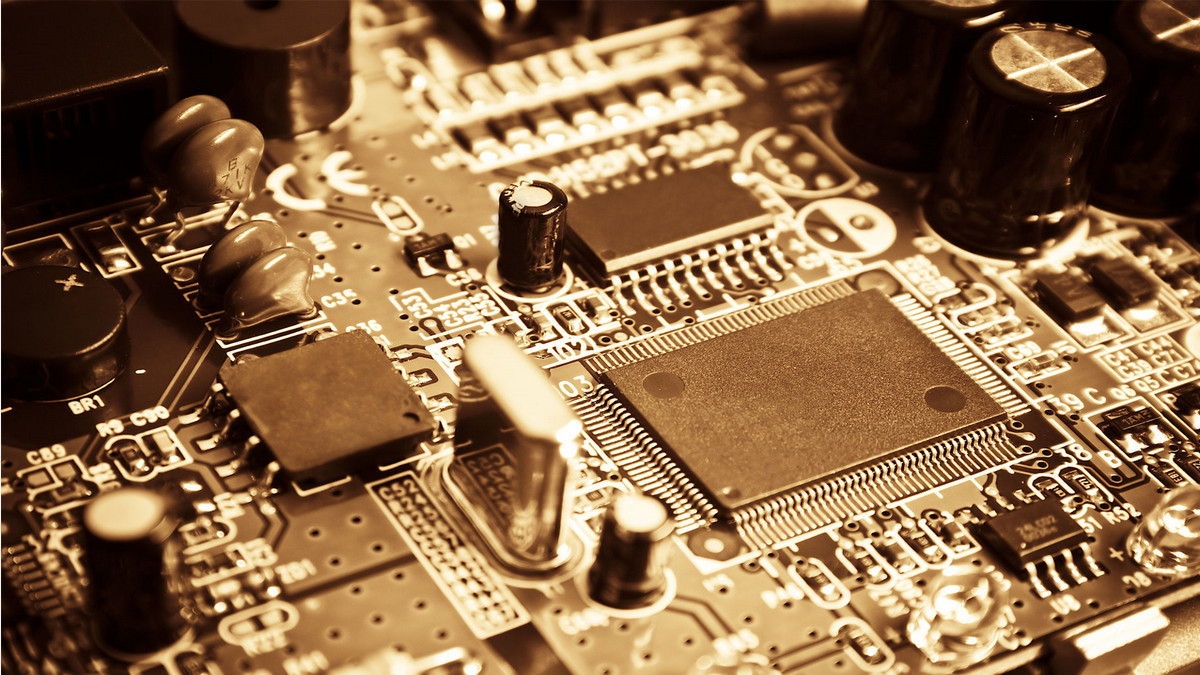Passive components are components found in electronic products that consume rather than generate energy, such as resistors, capacitors, and inductors. Trillions of these common basic components are manufactured every year. They are cheap to manufacture, and can be produced using a large variety of materials. Most are general-purpose types, but some are specially designed for niche markets.
In recent years, due to the increasing demand for light, thin, and compact consumer electronic products, there has been a global shortage of supply for passive components. As more and more electronic products become smaller and more compact, the demand for various miniature, high-capacity, and high-voltage passive components has skyrocketed. High technical challenges and difficulties in production has led to passive component products being in short supply.
What are Passive Components?
Passive components refer to components that provide relevant passive functions and work in conjunction with electronic products’ active components. Active components are components like IC chips, memories, and diodes. The three major categories of passive components; resistors, capacitors, and inductors are indispensable in electronic products.
All electronic products must use both active components, and passive components. Active components are components that can actively perform operations independently, such as CPUs (Central Processing Units) or various ICs. Passive components play a passive protective role. When the current or voltage changes in an electronic product, passive components use voltage and noise filtering to protect the active components.
Passive components can operate without being connected to an electrical source and can regulate current and voltage, store static electricity, prevent electromagnetic wave interference, and filter current fluctuations. The resistance and impedance of passive components will not change when the voltage changes, as they will with active components.
The Function of Passive Components:
- Resistors: Mainly adjust current and voltage.
- Inductors: Mainly filter noise in the current, prevent electromagnetic wave interference, and stabilize the current.
- Capacitors: Mainly store electrical energy, and perform functions such as coupling and coordination.
- Integrated components: Resistors, capacitors, and inductors are often cross-integrated to form special functional components. Resistors, capacitors, or inductors are often integrated with transistors or amplifiers to create filters which can filter electrical signals. Couplers (LED plus resistors or diodes) can be used to regulate microwave signals.
Among passive components, capacitors have the largest market size. Capacitors can be divided into ceramic capacitors, aluminum capacitors, and solid-state capacitors. Their function is to store electrical energy in circuits for coordination and coupling.
Application of Passive Components:
Due to the strong demand for smartphones, electric vehicles, and automotive electronics, the application of passive components has expanded. With the increased complexity and diversification of product functions, power consumption has also increased, leading to more passive components being required for voltage regulation, current regulation, noise filtering, etc.
Taking a car as an example, in the past, a traditional car used about 1,000 to 2,000 passive components. Today an electric vehicle or autonomous driving vehicle will use an estimated 5,000 to 10,000 passive components, and the demand is continuing to grow.
Passive Component Features:
With traditional electrolytic capacitors and tantalum capacitors, it was not possible to miniaturize the capacitor and maintain the capacitance. However, due to advancements in ceramic film stacking technology, multilayer ceramic capacitors (MLCCs) make miniaturization possible. The capacitance of MLCCs is proportional to the surface area of the capacitor and the number of stacked layers of ceramic films.
Electrolytic and tantalum capacitors still occupy a considerable market share, and each has its advantages. However, with the popularization of high-performance consumer electronic products, such as personal computers and smartphones, the demand for MLCCs has increased.
Ceramic capacitors are favored because of their physical properties such as high voltage and heat resistance, wide operating temperature range, and low loss rate when used at high frequencies. They can be chipped to reduce volume and price, while maintaining high stability, so are very suitable for mass production. Aluminum capacitors are another class of high capacitance capacitors and their production is second only to MLCCs, but their performance is more affected by the environment. Tantalum capacitors have the advantages of DC bias and stable capacitance, low leakage loss, and pressure resistance to substrate deflection, but they have more pollution problems and are more expensive.
Besides the passive components required in traditional electronic products, the automotive industry has seen a rapid increase in the demand for passive components. Self-driving cars in the past required nearly 2,000 passive components, but now, electric vehicles are rapidly becoming popular, and many have designs that require as has many as 10,000 pieces. Not only MLCCs, but also aluminum capacitors now have a production delivery waiting period of more than half a year. The market will continue to be in short supply, and the projected increase in demand cannot be underestimated.







.png)






